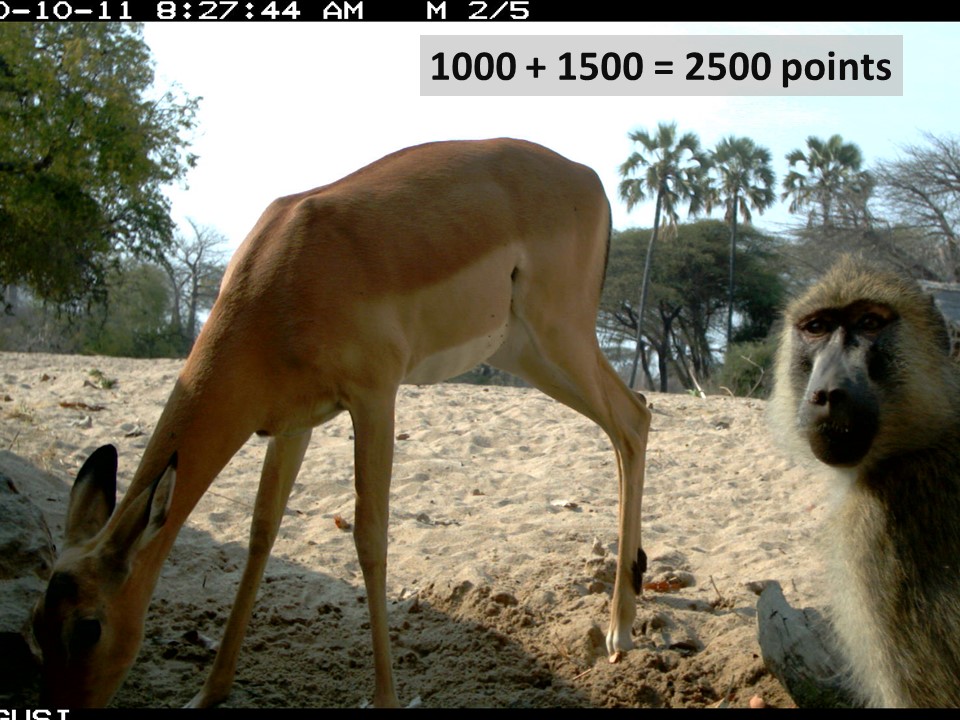Our project is based on the premise that farmers want sustainability and are incentivised to achieve this. No farming operation will be viable in the long run unless it is done in an ecologically and economically responsible manner. Climate change has led to an increased frequency of drought, as well as an increased severity of drought in the western regions of South Africa. Stocking rates are effectively falling as a result of climate change, and this necessitates the need for farmers to diversify income in order to survive. Failure to change will have a devastating impact on biodiversity.
We are incentivising farmers to protect biodiversity through the adoption of more sustainable farming practices, e.g. grazing rest, correct stocking rates and habitat restoration activities. While these lead to fewer, but better quality animals, the farmer still experiences a loss of income. We help the farmer compensate for this through the adoption of non-farming activities such as ecotourism.
Through continual engagement with the farmer, we are able to address concerns as they are raised and ensure that the farmer perceives active engagement in the partnership as an incentive to improve his farming operation.
The region has an existing tourism industry which can be leveraged upon. Known as the ‘bulb capital of the world’, the area is well known and relatively close (a 3.5 hr drive) to an international airport. However, this season lasts approximately 2-months, and this project seeks to extend tourism operations throughout the year.
The farmer needs to be open to tourism as a means of generating tourism income.
The project has immediate potential to generate additional revenue and can be custom designed to suit the infrastructure and abilities of the farmer.
